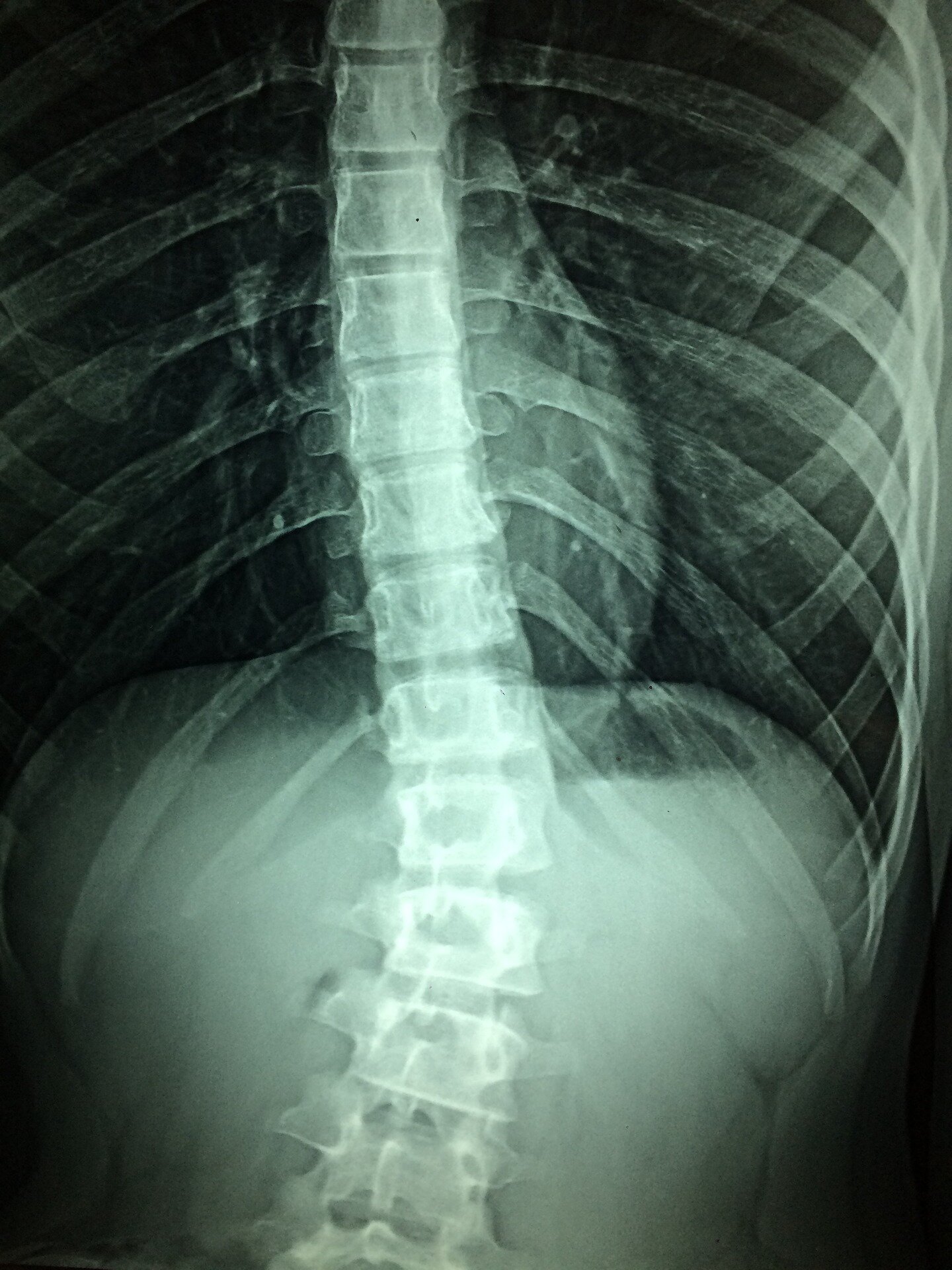Scientists regenerate neurons that restore walking in mice after paralysis from spinal cord injury::In a new study in mice, a team of researchers from UCLA, the Swiss Federal Institute of Technology, and Harvard University have uncovered a crucial component for restoring functional activity after spinal cord injury. The neuroscientists have shown that re-growing specific neurons back to their natural target regions led to recovery, while random regrowth was not effective.



The difference though is that this treatment would require hundreds of hours of ongoing work from medical professionals for each treatment. What they did was use single cell RNA sequencing to determine which subpopulations of cells are supposed to connect and where, before stimulating cell growth and guiding each RNA mapped subpopulation to where it’s roughly supposed to go. That’s one thing for anatomically complete sub-millimeter spinal cord injuries in mice, but a massive endeavor for human spinal cords.
If you’ve seen the bioengineered cancer treatments where researchers grow immune cells to target a single individual’s tumor, the amount of specialized work that goes into that pales to what current technology would require for this sort of spinal regeneration, and that’s for relatively simple small scale lesions. Multiple lesions or large scale cell death could result in attempting to selectively guide millions of microscopic axons in neat clusters for over a foot.
I wouldn’t be surprised if insurance companies refused to pay for cell regrowth, and instead went for implants that are comparatively much simpler to install and modify in brain-computer interfaces that skip over the damage. This is a great advancement and does open the door for recovering from spinal cord damage, but this is one of those treatments that people are going to get because they need to fill FDA trials and won’t charge, or because the patient is filthy rich.
deleted by creator
While that’s true, this isn’t a specific engineering problem. You need to grab a single cell from each relevant subcluster of neurons in the spinal cord, spatially record the exact positioning, send it off to have RNA seq. done, sample all of the subclusters of the target area, spatially record exact positioning, send it off to have RNA seq done, resample based off of RNA seq data, begin axon regrowth of a single subcluster, and then repeat after every growth cycle to ensure the targeting is holding.
You can improve RNA sequencing machines to reduce runtime, improve spatial tracking to make it easier to keep track of the anatomy, but without sci-fi advances in implant technology you can’t get around the sheer amount of procedural time requiring MD-PhDs and post docs to be involved in every visit.
One of the issues with medical technology is that we know far more about how the human body operates than we can control, so compared to biological structures our manipulation of biology at the cell specific level is relatively crude. I’m not saying tech won’t catch up, but it’s going to be ruinously involved for a very long time.
deleted by creator
Confused me for a second, because I just saw this about growing teeth, which is aiming for reaching market in 2030, which is relatively soon. So hopefully you’ll be able to see that before people start shoveling dirt at you.
deleted by creator
It kinda was, remember our tech advancemt between the early 2000s and now has been more or less exponential.
Also it helps that we are finally able to use computers for a lot more biological research. Imagine trying to research something on vista, xp, or god forbid millenium edition.